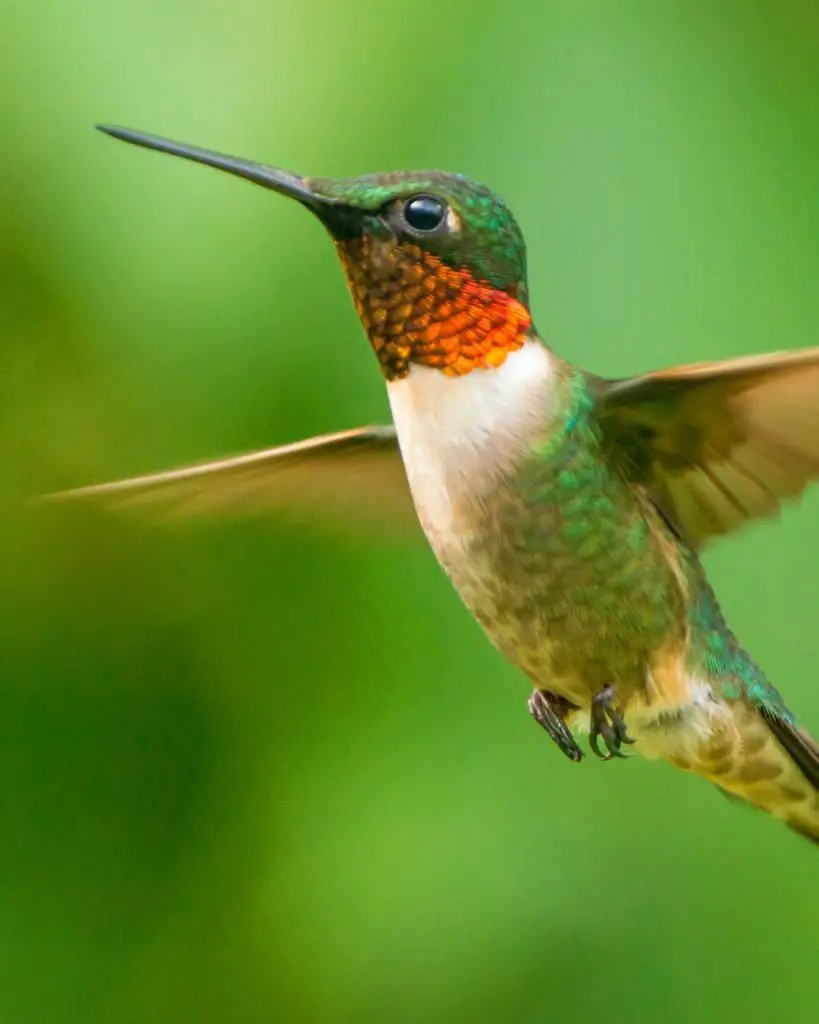Hummingbirds: Ideal Sugar to Water Ratio for Feeding Them
Hummingbirds are fascinating creatures that have captured the hearts of many bird enthusiasts. These tiny birds require a lot of energy to maintain their fast metabolism, and they get most of their energy from nectar. Nectar is a sugary liquid that hummingbirds extract from flowers using their long beaks and tongues.
To attract hummingbirds to your garden, you can provide them with a nectar feeder filled with a sugar and water mixture. However, it’s important to get the sugar to water ratio right to ensure that the nectar is safe and nutritious for the birds. The correct ratio of sugar to water for hummingbird nectar is four parts water to one part sugar. This ratio closely mimics the sugar concentration found in natural flower nectar and provides the birds with the energy they need to thrive.
Disclosure: As an Amazon affiliate, I earn from qualifying purchases at no extra cost to you. My blog contains other affiliate links as well for your convenience. To learn more, you may read my Disclosure Policy. Thank you for supporting my blog!
Why is the sugar to water ratio important?
The sugar to water ratio is crucial in providing hummingbirds with the necessary energy they need to survive. The nectar from flowers, which is the main source of food for hummingbirds, has a sugar concentration ranging from 20% to 50%. Therefore, the sugar to water ratio in homemade hummingbird food should mimic the nectar concentration of flowers.
If the sugar to water ratio is too high, it can lead to dehydration and kidney damage in hummingbirds. On the other hand, a ratio that is too low may not provide the necessary energy to sustain hummingbirds’ high metabolic rate. A ratio of 1:4 is recommended during summer months when hummingbirds are active, while a ratio of 1:3 is suggested for winter months when hummingbirds need more energy to keep warm.
It is important to use only white granulated sugar and not honey or other sweeteners to make hummingbird food. Honey can promote the growth of harmful bacteria and fungus, which can be fatal to hummingbirds. Additionally, using red dye or food coloring is unnecessary and can be harmful to hummingbirds.
Hummingbird feeders should also be cleaned regularly and refilled with fresh sugar water every few days. Stagnant water can promote the growth of harmful bacteria and fungus, which can be detrimental to hummingbirds’ health.
In summary, the sugar to water ratio is crucial in providing hummingbirds with the necessary energy to survive. Using the correct ratio and avoiding harmful additives such as honey and food coloring can help ensure hummingbirds stay healthy and thrive.
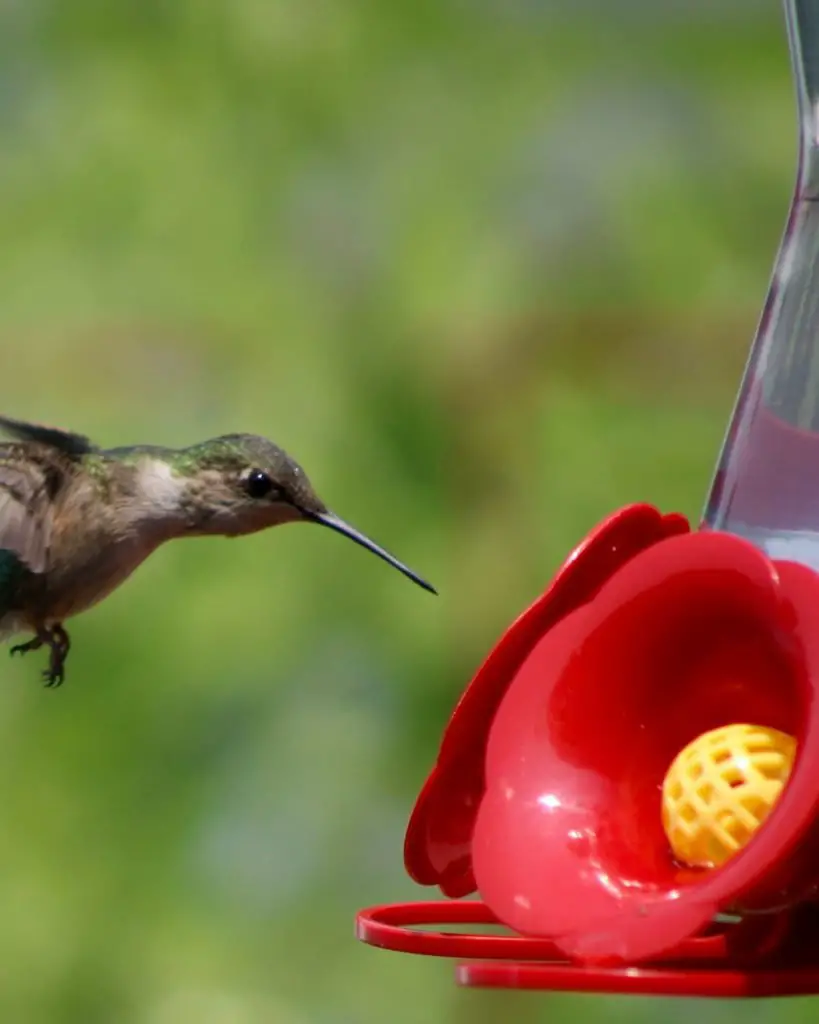
How to Make Hummingbird Nectar
Hummingbirds are fascinating creatures that require a lot of energy to survive. One way to help them is by providing them with sugar water. Making hummingbird nectar is easy and inexpensive. Here’s how to do it:
Recipe
The most common hummingbird sugar water recipe is to mix 1 part sugar with 4 parts water. For example, mix 1 cup of sugar with 4 cups of water. Do not use honey, brown sugar, or artificial sweeteners. Mix until the sugar is completely dissolved. Once it cools to room temperature, it’s ready. Store any extra sugar water in the refrigerator for up to a week.
Boiling the Water
Boiling water is not necessary for making hummingbird nectar. However, it can help to dissolve the sugar more quickly. Boiling water can also help to kill any bacteria or mold that may be present in the water. If you choose to boil the water, let it cool to room temperature before adding the sugar.
Cleaning the Feeder
Hummingbird feeders should be cleaned every 3-5 days, depending on the temperature and humidity. To clean the feeder, first, remove any remaining nectar. Then, wash the feeder with hot water and a mild soap. Rinse thoroughly and let it dry completely before refilling it with fresh nectar.
Attracting Hummingbirds
Hummingbirds are attracted to red flowers. Planting red flowers in your garden can help to attract hummingbirds to your yard. You can also hang a red ribbon near the feeder to catch their attention. Hummingbirds also like to perch near the feeder, so make sure there is a nearby branch or wire for them to rest on.

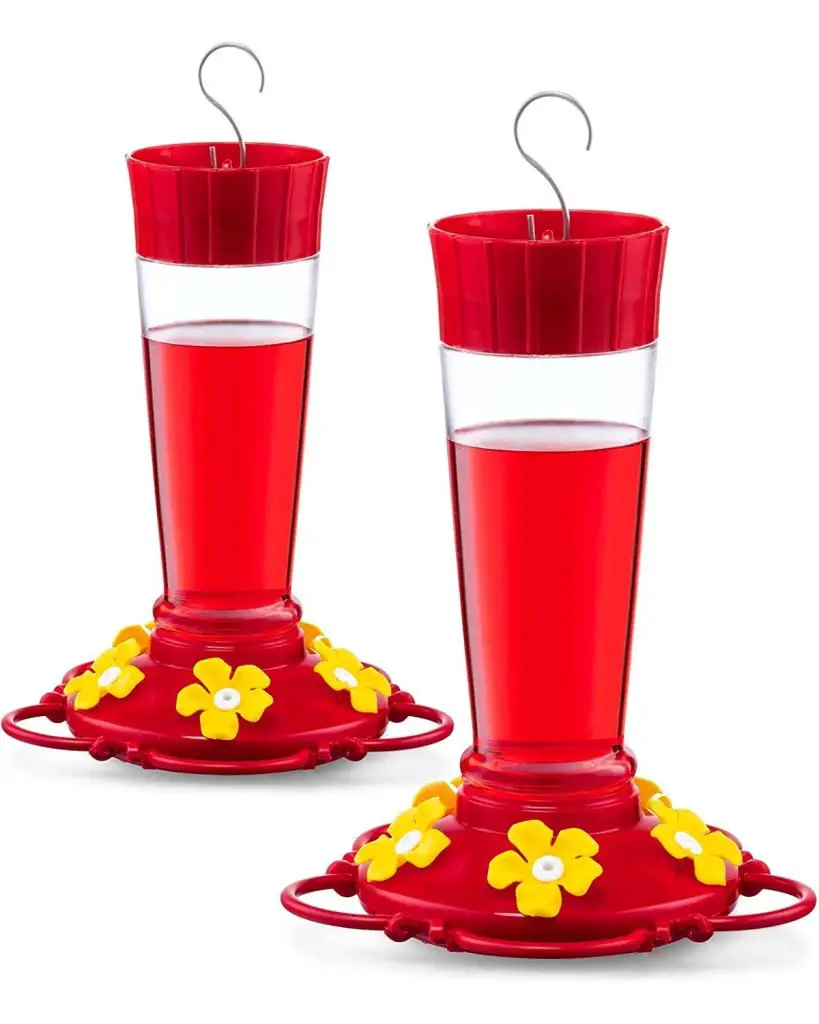
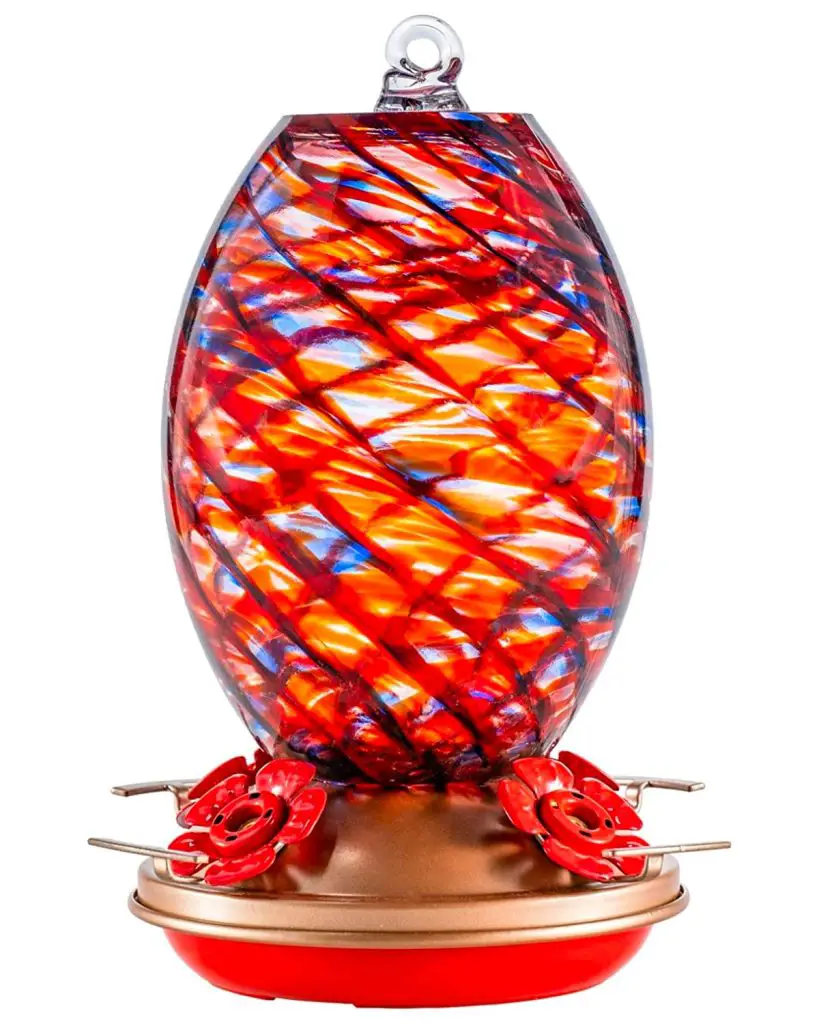
FAQ
Can I use raw sugars or sugar substitutes?
No, it is best to use refined white sugar. Raw sugars may contain impurities that can harm hummingbirds. Sugar substitutes may contain additives that are harmful to hummingbirds.
Do I need to add red dye to the nectar?
No, red dye is not necessary and may be harmful to hummingbirds. The red color of the feeder is enough to attract them.
Can I use tap water?
Yes, tap water is fine as long as it is safe for human consumption.
What should I do if the nectar gets moldy?
Throw away the nectar and clean the feeder thoroughly. To prevent mold, clean the feeder regularly and replace the nectar every 3-5 days.
Should I feed hummingbirds in the winter?
Hummingbirds migrate in the winter and do not need to be fed. However, if you live in the Gulf Coast or other areas where hummingbirds overwinter, you can continue to feed them.
Can I use organic sugar to make nectar?
Yes, organic sugar is fine to use. Just make sure it is refined white sugar.
How can I keep ants away from the feeder?
Ants can be deterred by placing a moat or barrier around the feeder. You can also try using an ant guard or applying petroleum jelly to the feeder pole. Here is our favorite moat, click here.
In summary, making hummingbird nectar is easy and can be done with just sugar and water. Cleaning the feeder regularly and attracting hummingbirds with red flowers or ribbons can help to keep them coming back to your yard.
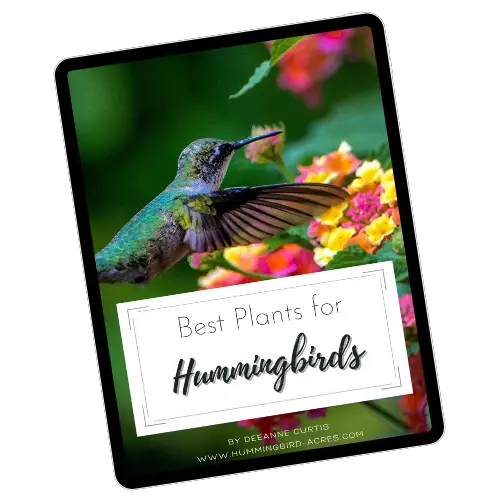
Grab my free Ebook
What to Plant for Hummingbirds
Attract Hummingbirds to Your Garden!!
Enter your name & email so we can send your our FREE Guide.
How to Avoid Harm to Hummingbirds
Hummingbirds are delightful creatures to watch, and feeding them can be a great way to attract them to your yard. However, it’s important to be mindful of their needs and avoid any harm that may come to them. Here are some tips on how to keep hummingbirds safe while feeding them:
Predators
Hummingbirds are vulnerable to predators such as cats, snakes, and larger birds. To protect them, make sure to place feeders in areas that are difficult for predators to access. You can also use predator guards or cages to keep them away from the feeders.
Feeder Placement
Hummingbirds prefer feeders that are placed in a shady spot, as direct sunlight can cause the nectar to ferment quickly. It’s also important to keep the feeders clean and free from mold, as this can be harmful to the birds.
Water Quality
The quality of the water used in the nectar is also important. Use boiled water to kill any bacteria or parasites that may be present. Avoid using tap water, as it may contain chlorine or other chemicals that can harm the birds. It’s also important to change the nectar frequently, especially in warmer weather, to prevent fermentation.
When making homemade hummingbird nectar, it’s best to use white granulated sugar and avoid using sugar alternatives or red food dye. These additives can be harmful to the birds and may even cause health problems. It’s also important to avoid using tree sap or other sweet substances, as they may contain harmful minerals.
Native plants with tubular flowers can also be a great way to attract hummingbirds to your yard. The Audubon Bird Guide app can help you identify which plants are native to your area and which ones are best for attracting hummingbirds.
By following these guidelines, you can help ensure that hummingbirds are safe and healthy while feeding them.
